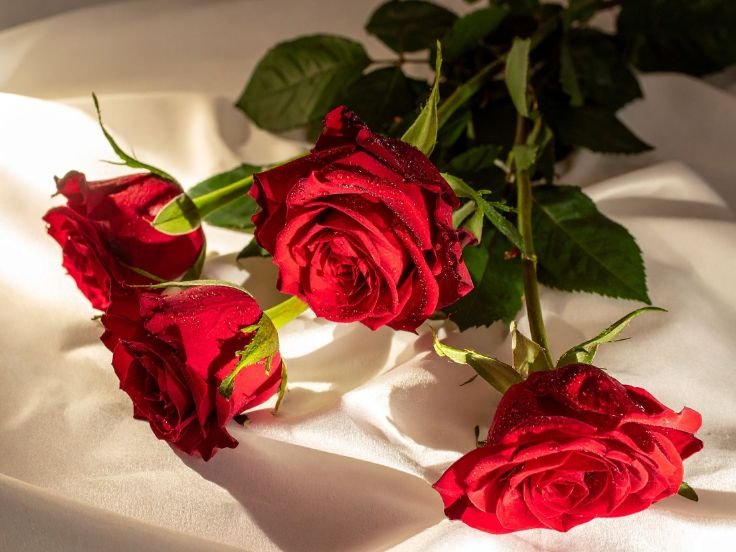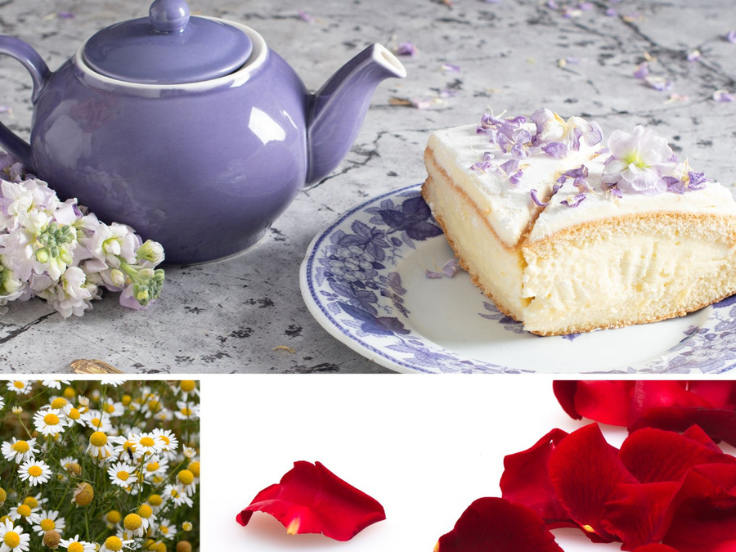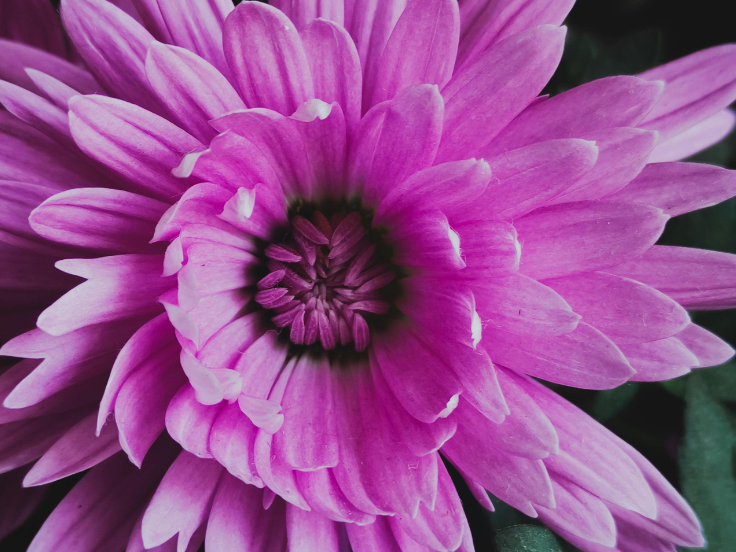Flowers of the month and their history, care tips, different arrangement ideas, and symbolism: roses and honeysuckles
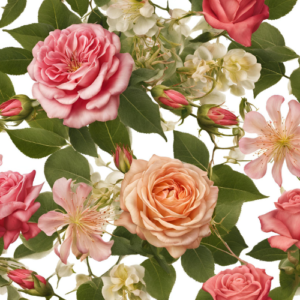
History of the rose as June’s flower of the month
In June, people celebrate National Rose Month, a tradition that started in 1959. During this time, efforts aimed to recognize the rose as the national flower of the United States.In 1986, President Ronald Reagan declared the rose the national floral emblem of the United States. This declaration marked the success of the movement.
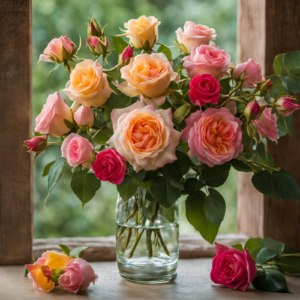
Symbolism of Roses
Different colours of the flower express a variety of emotions, like friendship, gratitude, and a well-known expression of the flower—love. As such, roses are a good choice in terms of versatility for a variety of occasions.
The yellow flowers express friendship and the emotion of joy; the orange roses represent desire and the feeling of excitement; and last but not least, the red roses express long-lasting love of the romantic type.
National Rose Month celebrates the flower’s beauty and various uses. It highlights roses’ aesthetic appeal, their role in perfumes, and their applications in medicine.
The Romans associated roses with death and rebirth. They planted them on the burial sites of their loved ones.
Care Tips for Roses
Roses need at least 6 hours of sun per day and thrive in soil that is rich, well-drained, and watered reasonably. It’s important to water the roses at the roots rather than the leaves. Adequate sunlight and proper watering help reduce the appearance and spread of fungal diseases.
When planting multiple roses, ensure there is enough space between them for good air circulation, which helps prevent fungal issues. Roses prefer loose, loamy soil and a slightly acidic pH ranging from 5.5 to 7.0, with a pH of 6.5 being ideal for home gardens.
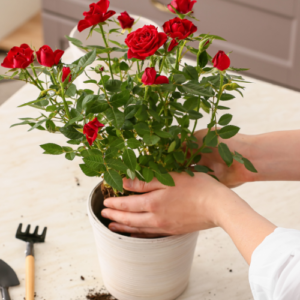
Arrangement Idea for Roses
The first and foremost arrangement is the classic arrangement with pink flowers. Start by putting the red roses in a vase of a contrasting colour, like green or blue, and then add in the pink flowers, specifically the coral, pale, and bright pink roses of the antique type.
History of Honeysuckles
Honeysuckles are a varied plant group that belongs to the genus Lonicera. This includes 180 species that are native to the sub-tropical and temperate species of the Northern Hemisphere, belonging to the family Caprifoliaceae. They are also found in the Southern Hemisphere, and they also grow in the Himalayas, North Africa, and South Asia. The majority of these honeysuckles are, however, found in China.
In Greek mythology, the honeysuckle appears in the story of two lovers, Chloe and Daphnis. They could meet only when the flower was in bloom, so Daphnis asked Aphrodite to extend the blooming period. Aphrodite granted this request, which is why honeysuckles bloom longer in warm weather.
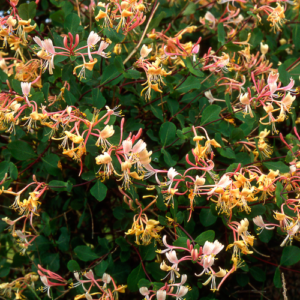
Symbolism of Honeysuckles
Honeysuckles are representatives of true happiness, sweetness to other people, good fortune, and love of the romantic type.
They are also symbolic of first loves, old flames, and the concept of nostalgia, or they can also be a gift to a person to reminisce about the good old days.
In the Victorian period, these flowers were also gifted for their fragrance.
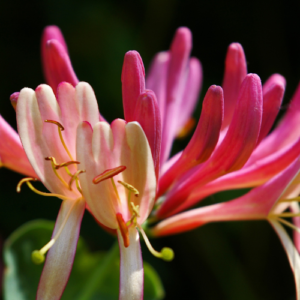
Care tips for Honeysuckles
For climbing honeysuckles, it’s suggested that they be grown in free-draining but moist soil that is partially shaded. These flowers should be grown ideally in a situation where the roots are in a shady area, but the stems should be out in the sun. There also needs to be a sturdy and strong frame for the flowers to go around, such as a wire frame or a trellis.
Water these flower plants that are undergoing a dry spell and use fertilizer, specifically a general-purpose fertilizer, in the spring season. Grow honeysuckles of the shrubby type in free-draining, moist soil in the sun or areas of partial shade.
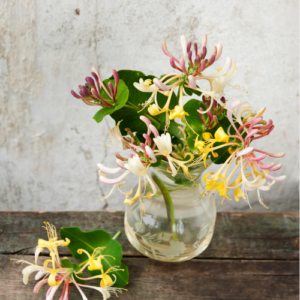
Arrangement Idea for Honeysuckles
The honeysuckle’s sweet fragrance is a quality that makes the flower a perfect addition to any bouquet. Honeysuckles go along well with flowers such as daisies, peonies, and roses.
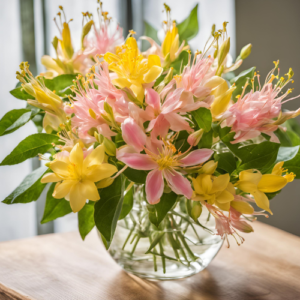
When attempting to create a floral bouquet with the flower honeysuckle, it is ideal to use it along with a complementary flower. Use it sparingly so that it doesn’t overpower other flowers. You can use white or pink roses along with honeysuckles or just some greenery.





